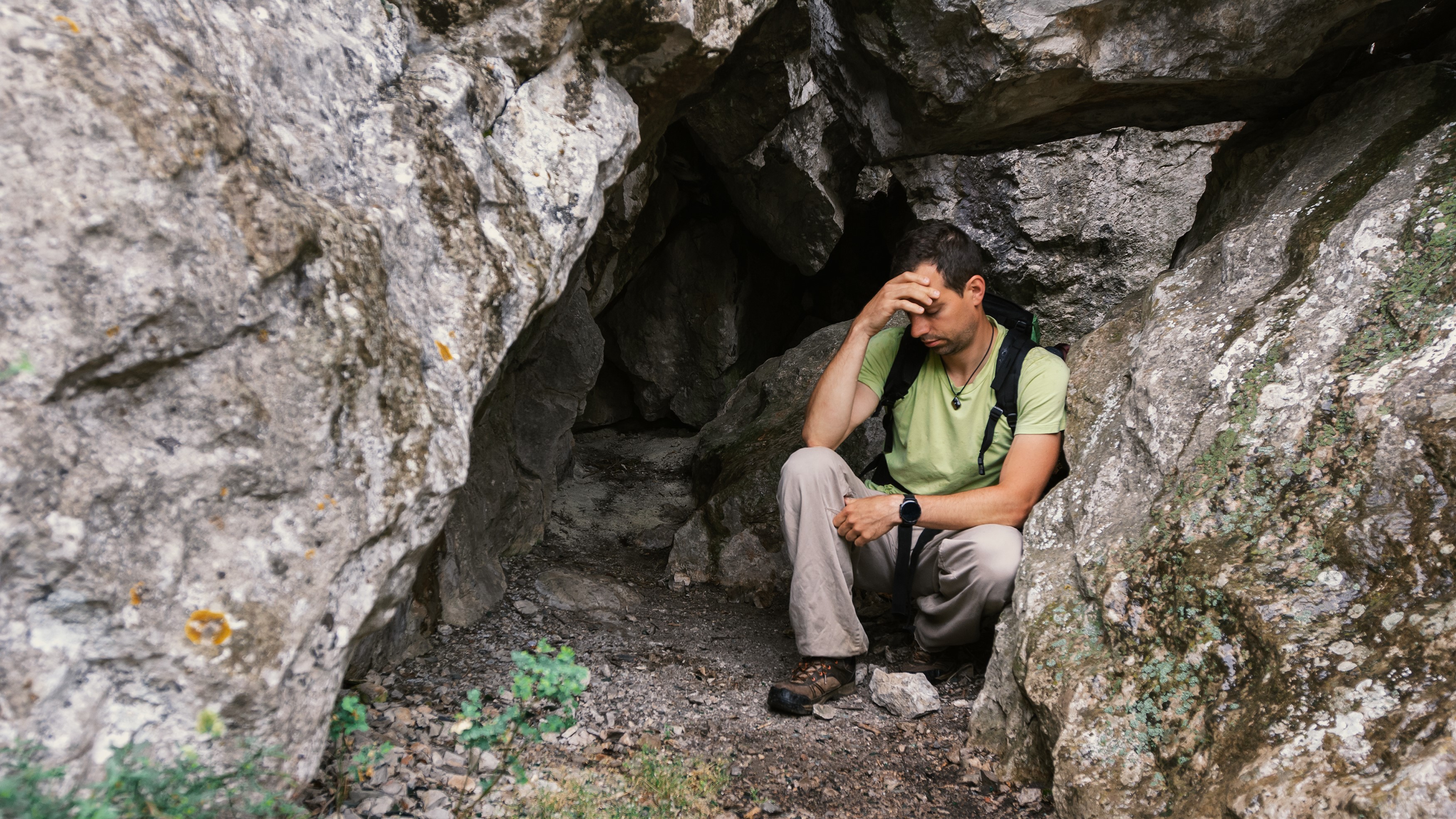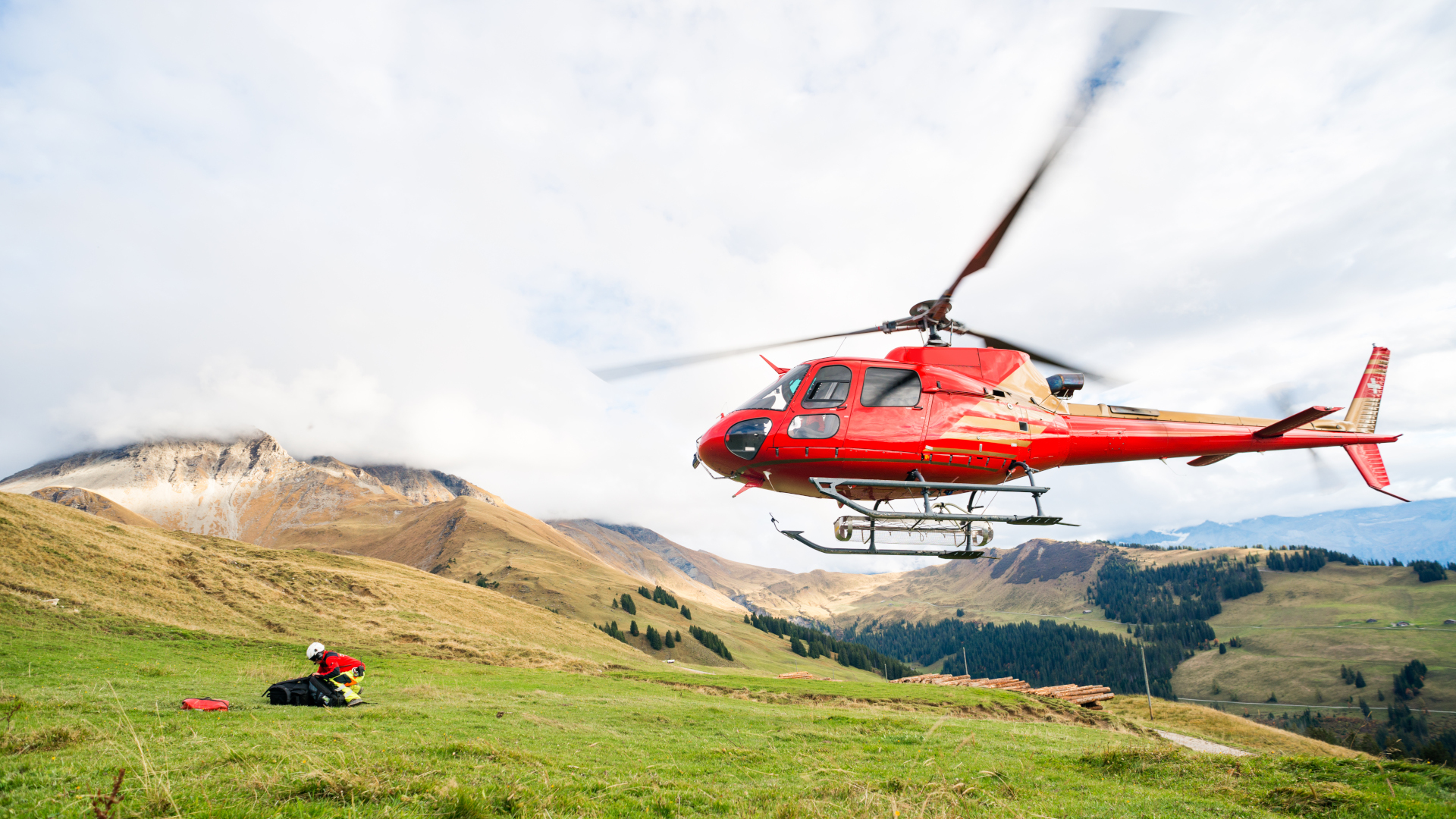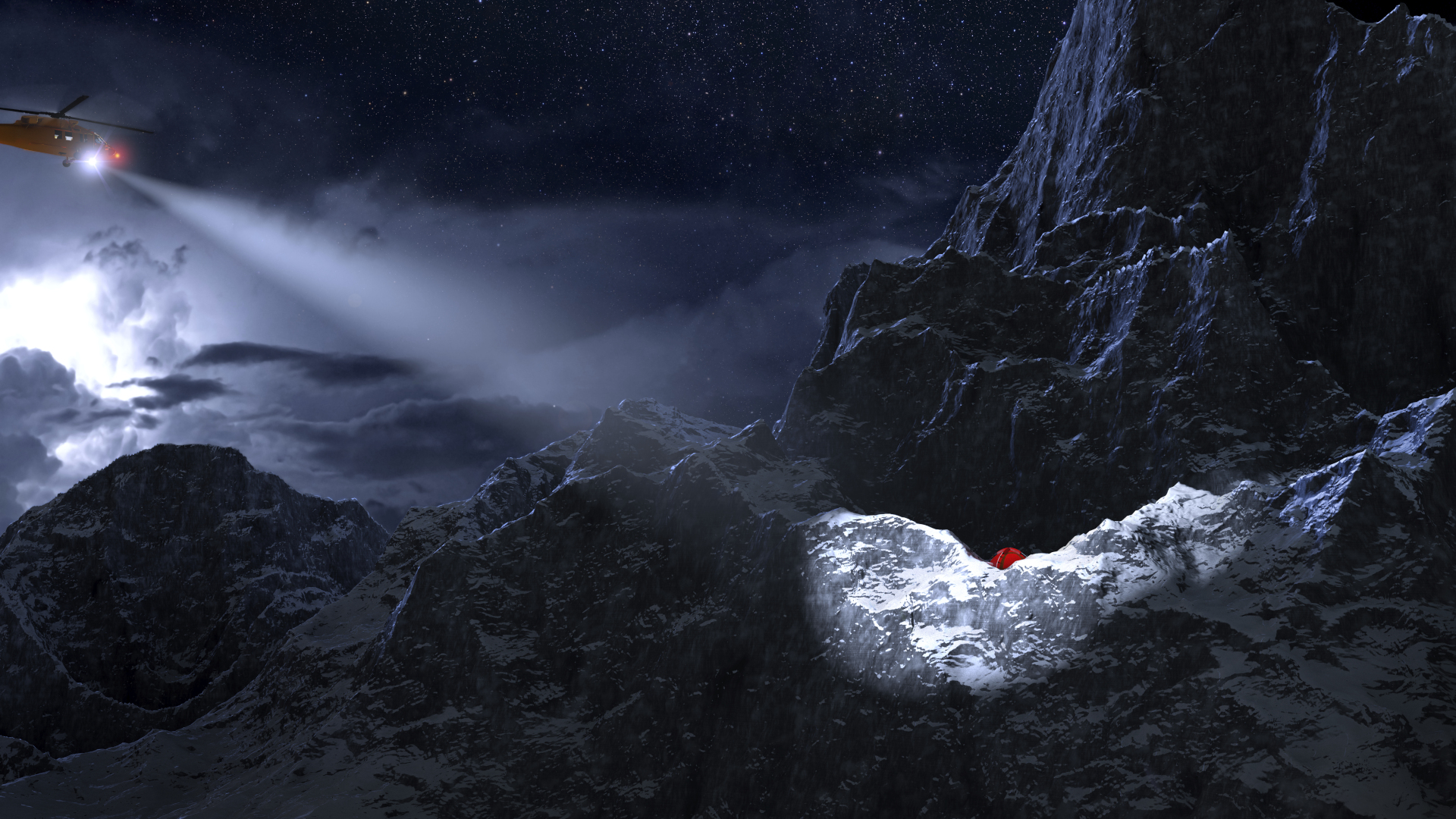Cliffed out: how to avoid a worst-case hiking scenario
What does it mean to get cliffed out on a hike? We explain how this survival situation unfolds, what to do if it happens to you and how to avoid it

Cliffed out. It’s a term you hear a lot when you live somewhere with big mountain terrain. During my 12 years in the high Rockies, I became used to hearing about hikers getting cliffed out on one of Colorado's 14ers on practically a weekly basis. Sometimes it was a footnote in an article about the latest mountain rescue mission, ending in the hiker being brought to safety, and other times it led to the unfortunate hiker’s severe injury of death. That last sentence alone is enough to tell you that getting cliffed out on a hike is not something you want to experience, but what does it actually mean? In this mountain safety article, we look at the term “cliffed out,” discuss how it happens and, most importantly, how to avoid it happening to you.

What does it mean to get “cliffed out”?
Let’s say you’re on your way down from a mountain hike. Even with your best hiking boots on and plenty of water left, you’re getting tired and you can see the road you drove along early this morning. You know it leads to where you parked the car and if you just headed straight down this slope towards that point, you could cut a bunch of time off your descent by avoiding all those switchbacks and be at home enjoying a slap up meal sooner.
You start heading straight downhill, with the advantage of really being able to see where you’re going – no false summits in this direction! Soon things get a bit steeper and rockier, and before you know it you’re doing a bit of scrambling, but you’re an experienced hiker and it’s not like you need ropes.
Suddenly, it kind of seems like you do need ropes to get any further. This isn’t ass-sliding territory anymore. It’s too steep to climb down without climbing gear. Better turn back and find the path after all. Except you can’t. When you try to start retracing your steps, you realize that it’s too steep to climb up, too. You’re cliffed out.
Cliffed out is the term used to describe a hiker getting stuck in an area where they can no longer proceed either up or down. It can happen via the scenario above, where you get overconfident and try to take a shortcut. It can also happen when you take a different route down than the one you ascended, lured by the shorter distance and not realizing it’s a technical route. It can also happen if you get lost, perhaps following a deer trail thinking it’s the hiking trail.

Where can you get cliffed out?
You can get cliffed out on any mountain or hill that has a steep, rocky section. It’s commonplace on Colorado’s notoriously onerous Capitol Peak but it’s also a recurring theme on Quandary Peak, which is considered by many to be the easiest 14er in the state. You don’t even need to be trying to summit a high peak for it to happen. You just need to head the wrong way down a technical section and not have technical climbing gear with you.
What do you do if you get cliffed out?
Getting cliffed out isn’t good. In fact, it’s really, really bad. But the key is not to make things worse by panicking and trying to climb up or down (we know, easier said than done). This can lead to you falling and getting injured, or worse.
Advnture Newsletter
All the latest inspiration, tips and guides to help you plan your next Advnture!
Once you’ve ascertained that you can’t get yourself out of your predicament, the safest approach is to stay put and call for help. This means you’ll want to be carrying gear for safely spending the night outdoors and you’ll want to have a means of calling for help, such as an emergency beacon.
Remember that if it’s impossible for you to escape your current location, it’s going to be extremely difficult for mountain rescue to reach you. Even if they know exactly where you are, it’s going to take hours for them to figure out how to get to you and extract you. It might involve rappelling down to you or the use of a helicopter, both of which require manpower and logistics. So, it’s not exactly a case of getting comfortable – you’re probably going to be cold, hungry and distinctly uncomfortable – but you will have to be patient and try to stay calm in order to help your rescuers do their job.

How to avoid getting cliffed out
This may come as no surprise, but the best defense against getting cliffed out is to avoid it in the first place.
- Ascend via the same path you came up so you’re familiar with the route.
- Stay on the trail – don’t try to take shortcuts even if it’s getting dark.
- Stay alert to your surroundings and use a map and compass to ensure that you’re staying on course.
Finally, you should always hike with warm clothing, a headlamp (see our guide to the best headlamps for some good options), an emergency blanket or shelter and food and water in case you’re out on a hike for longer than you planned.
Julia Clarke is a staff writer for Advnture.com and the author of the book Restorative Yoga for Beginners. She loves to explore mountains on foot, bike, skis and belay and then recover on the the yoga mat. Julia graduated with a degree in journalism in 2004 and spent eight years working as a radio presenter in Kansas City, Vermont, Boston and New York City before discovering the joys of the Rocky Mountains. She then detoured west to Colorado and enjoyed 11 years teaching yoga in Vail before returning to her hometown of Glasgow, Scotland in 2020 to focus on family and writing.

